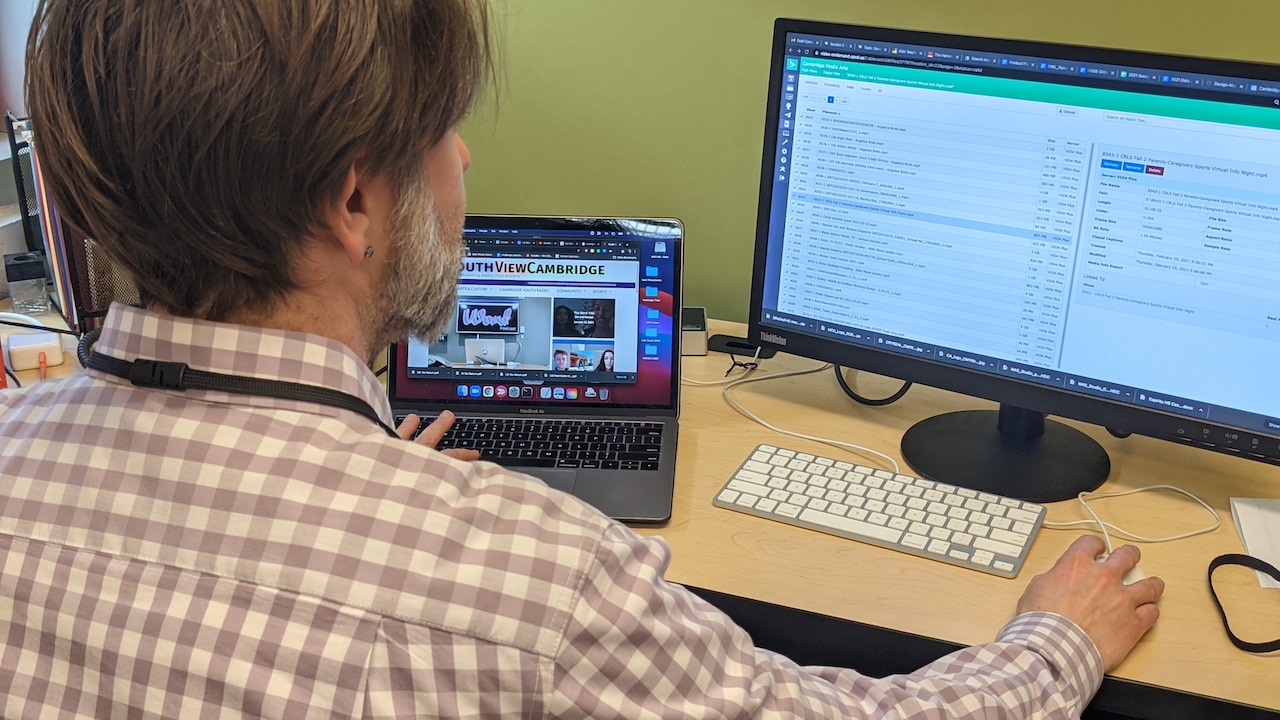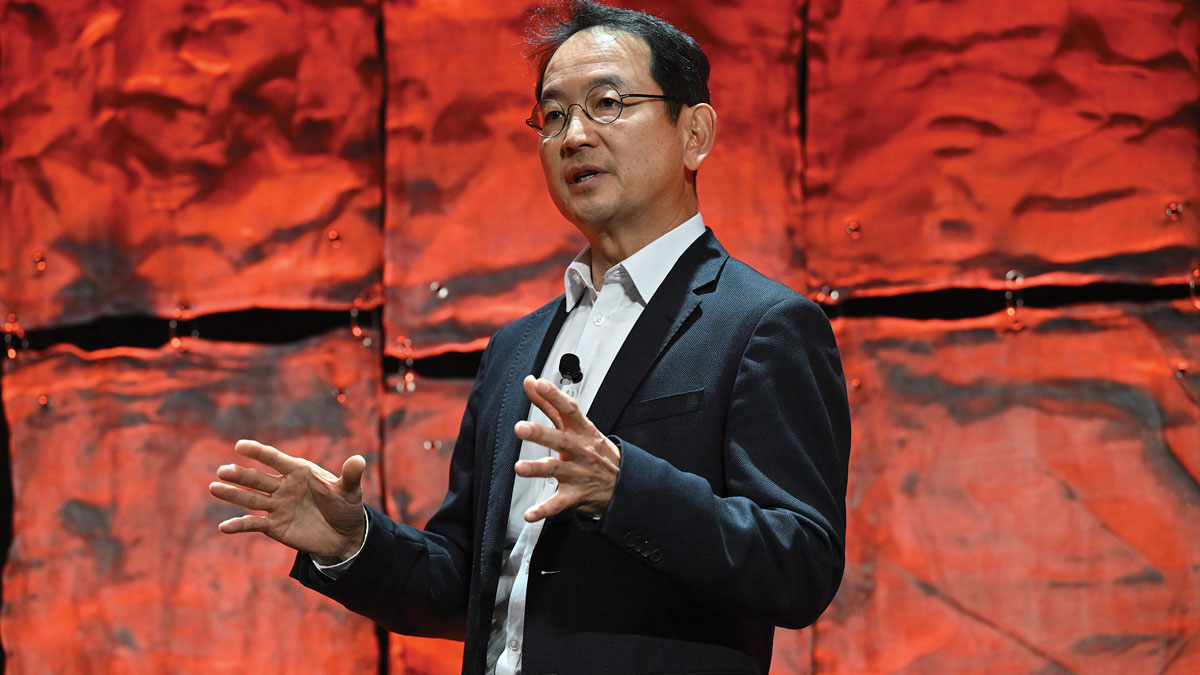Tightrope’s Cablecast Delivers Online Video Hosting for Cambridge Public Schools

At Cambridge Public Schools (CPS) in Massachusetts, the Media Arts team produces content for schools, departments, and teachers while offering students a wide array of media classes, clubs, and work study opportunities. Already using the Cablecast Community Media platform from Tightrope Media Systems to power the city’s educational and government access TV channels, CPS expanded the system’s role to provide hosting and on-demand delivery of online video for a variety of educational purposes. Cablecast’s flexible online VOD capabilities have delivered many advantages over the limited video support in the district’s online learning platform and have proven particularly valuable as the medium takes on increasing importance in CPS’ internal and external communications.
CPS encompasses 12 elementary schools, five upper schools, and three high school programs. Located in a dedicated facility across the street from the main high school, the Media Arts Studio hosts complete TV production capabilities plus playout operations for the educational and municipal channels. After using Cablecast very successfully for many years to schedule and automate their cable TV offerings, CPS added the Cablecast Pro VOD option to overcome significant problems with the separate online VOD solution they first tried from another vendor.
[The Technology Manager's Guide to Streaming]
“The ingest and content processing functions of our previous VOD tool didn’t work consistently, undermining our group’s efforts to get more teachers to host video with us,” said Matt Mena-Landry, media arts program manager at CPS. “In contrast, publishing VOD with Cablecast has been a rock-solid experience. We’re really happy with our workflow and with our VOD results.”
In addition to educational programs that had appeared on its cable channels, CPS’ VOD library hosts a lot of content created exclusively for online viewing. Student journalism and media projects are showcased on the dedicated YouthView Cambridge website, with students promoting their shows through social media to attract viewers. Many teachers and groups are also turning to the Media Arts Studio to create and host online video to achieve their educational goals.
“Sometimes teachers have content that they don’t want to appear on the cable channel, but they want to be able to embed it on their course website or teacher resource site,” said Mena-Landry. “As another example, at the beginning of this school year, we created three-minute promo videos for each elementary school and embedded them into each school’s particular web page.”
That ability to easily embed video within webpages is one of multiple Cablecast benefits that Mena-Landry contrasts to alternative approaches. “Our district uses Google Drive for cloud storage, but it wasn’t designed to be a video hosting platform,” he said. “Video in Google Drive can’t be embedded into websites, as viewers must log into Google Drive to access them. That’s a problem when we want to share them broadly with parents or other external partners. Plus, video stored in Google Drive doesn’t play back consistently in real time on varying devices and internet connections.”
A daily selection of features, industry news, and analysis for AV/IT professionals. Sign up below.
Cablecast VOD eliminates these issues while enhancing the viewer experience. “Cablecast gives us higher-quality video with no playback issues at all,” said Mena-Landry. “Its adaptive bit rate support ensures that VOD plays consistently even if the viewer has a poor internet connection. Plus, Cablecast gives us the flexibility to add chapter markers so viewers can jump specific points of longer videos, and we can display related PDF content and metadata next to the video.”
Mena-Landry also noted that popular, free social video sharing platforms are not a viable option for CPS’ VOD needs. “Our district has a policy against teachers and schools uploading content to these platforms because of data privacy and intellectual property rights issues. Plus, such platforms often insert advertising or suggest third-party content at the end of the video.”
CPS recently upgraded to a new Cablecast VIO server and added Tightrope’s Screenweave LIVE service to bring Zoom-based video conferences directly into Cablecast. Mena-Landry praises the platform’s ongoing evolution. “I love the way Tightrope incorporates users’ feedback,” he said. “Cablecast has changed in a lot of great ways over time, continually becoming even more useful.”
The AVNetwork staff are storytellers focused on the professional audiovisual and technology industry. Their mission is to keep readers up-to-date on the latest AV/IT industry and product news, emerging trends, and inspiring installations.
